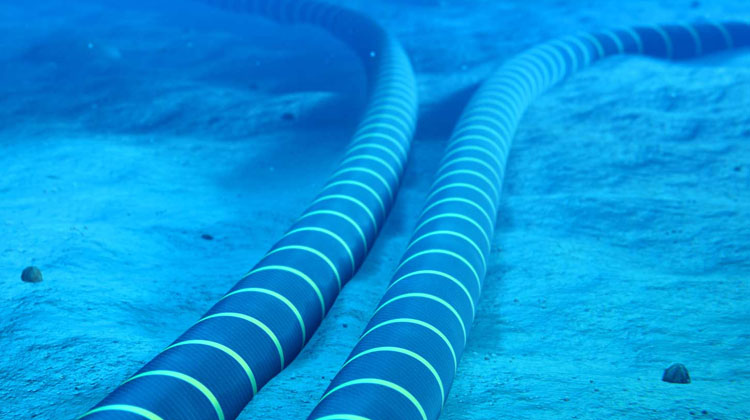
The company disclosed this in a statement on Friday following a fault experienced on its network on Thursday.
Preliminary investigations conducted by the company have attributed the fault to an external incident, resulting in a cut along the West African coast, offshore Cote D’Ivoire, in the Atlantic Ocean.
The outage had significant negative impacts, particularly on Nigerian banks, as MainOne serves as a prominent internet provider for some of them.
The disruption left numerous major Nigerian banks offline, causing inconvenience to customers who were unable to access banking apps or utilise USSD services.
The company does not only support commercial and microfinance institutions with connectivity and hybrid cloud solutions. It also provides services to major telecom operators, ISPs, government agencies, small to large enterprises, and educational institutions.
MainOne has reassured its customers of its dedicated efforts to expedite the repair process and promptly restore network connectivity.
The technology firm revealed that it had a maintenance agreement with the Atlantic Cable Maintenance and Repair Agreement to provide repair services for its submarine cable.
The repair procedure involves inspecting and testing the cable joints for defects, followed by lowering the cable back to the seabed and guiding it to an optimal position.
It further explained that the process, which includes mobilising a vessel to retrieve necessary parts from Europe and transit to West Africa, is estimated to take approximately five weeks to complete.
The statement read in part, “We have a maintenance agreement with Atlantic Cable Maintenance and Repair Agreement to provide repair services for the submarine cable. First, identify and assign a vessel, the vessel has to retrieve the necessary spares required for repair, and then sail to the fault location to conduct the repair work.
“Next, in order to complete the repair, the affected section of the submarine cable will have to be pulled from the seabed onto the ship where it will be spliced by skilled technicians. Post repair, joints will be inspected and tested for any defects, and then the submarine cable is lowered back to the seabed and guided to a good position.
“This process might take 1-2 weeks for repairs while about 2-3 weeks of transit time may be required for the vessel to pick up the spares and travel from Europe to West Africa once the vessel is mobilised,.”.
Most submarine cable faults occur as a result of human activities such as fishing and anchoring in shallow waters near shore, natural hazards such as earthquakes, landslides, and then equipment failure
MainOne stated that given the distance from land, and the cable depth of about 3 km at the point of fault, any kind of human activity – ship anchors, fishing, and drilling among others had been immediately ruled out.
“Our preliminary analysis would suggest some form of seismic activity on the seabed resulted in a break to the cable, but we will obtain more data when the cable is retrieved during the repair exercise,” the operator said.




